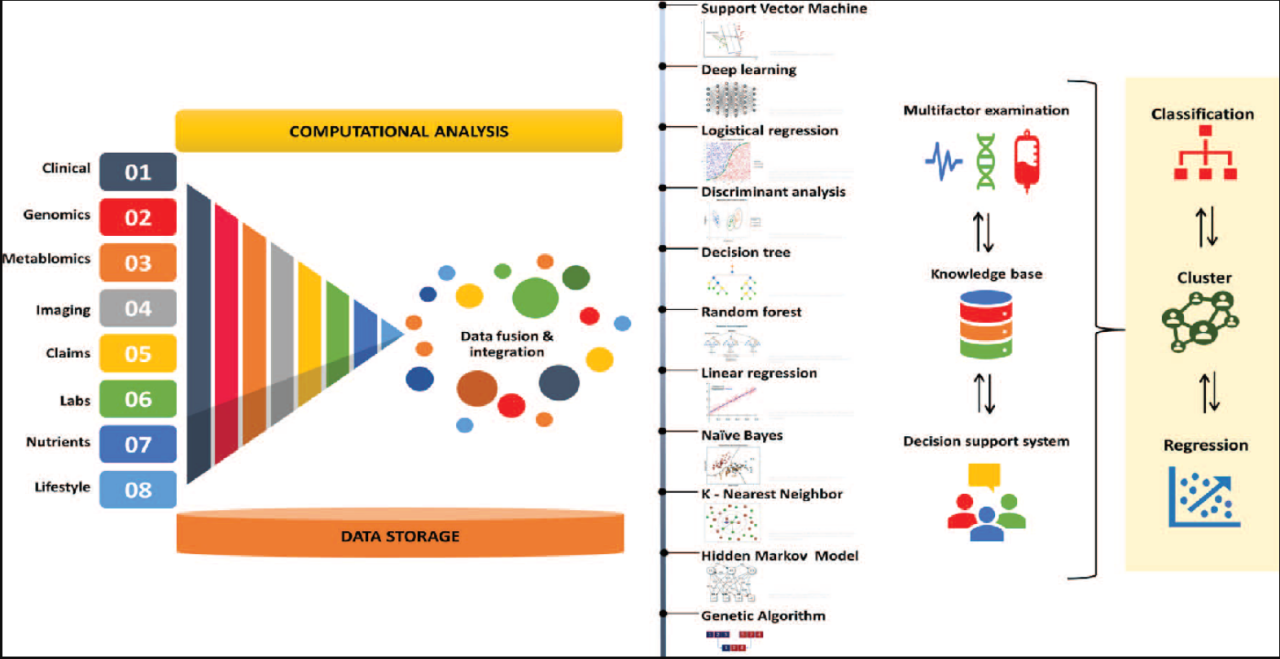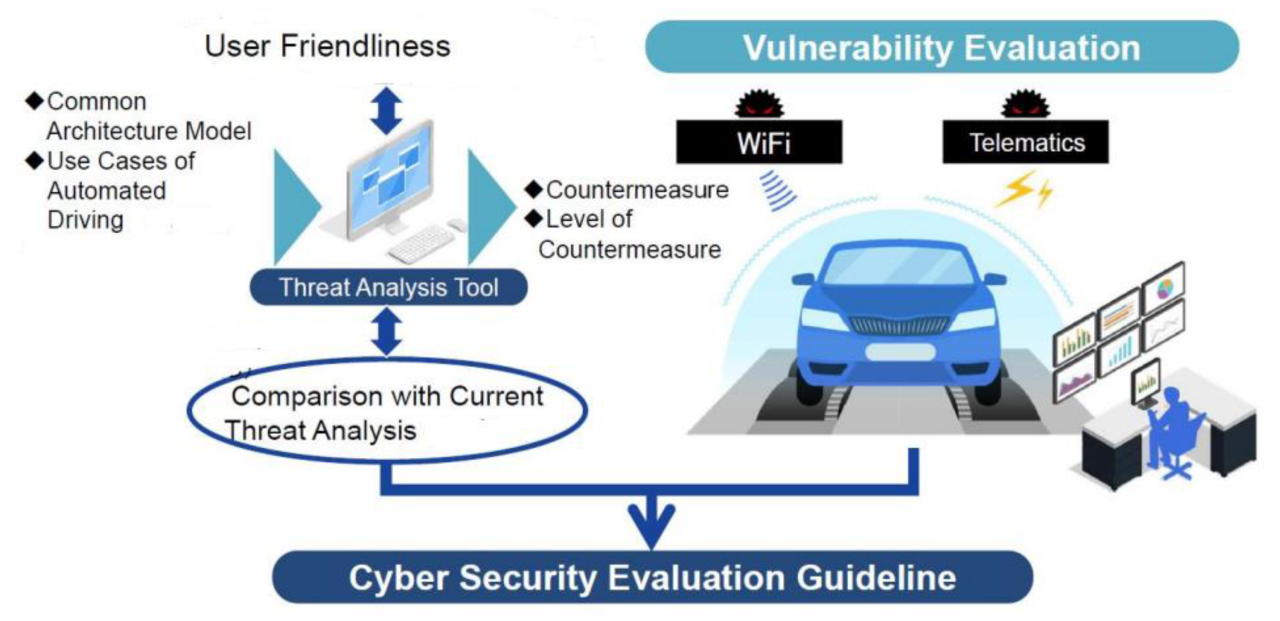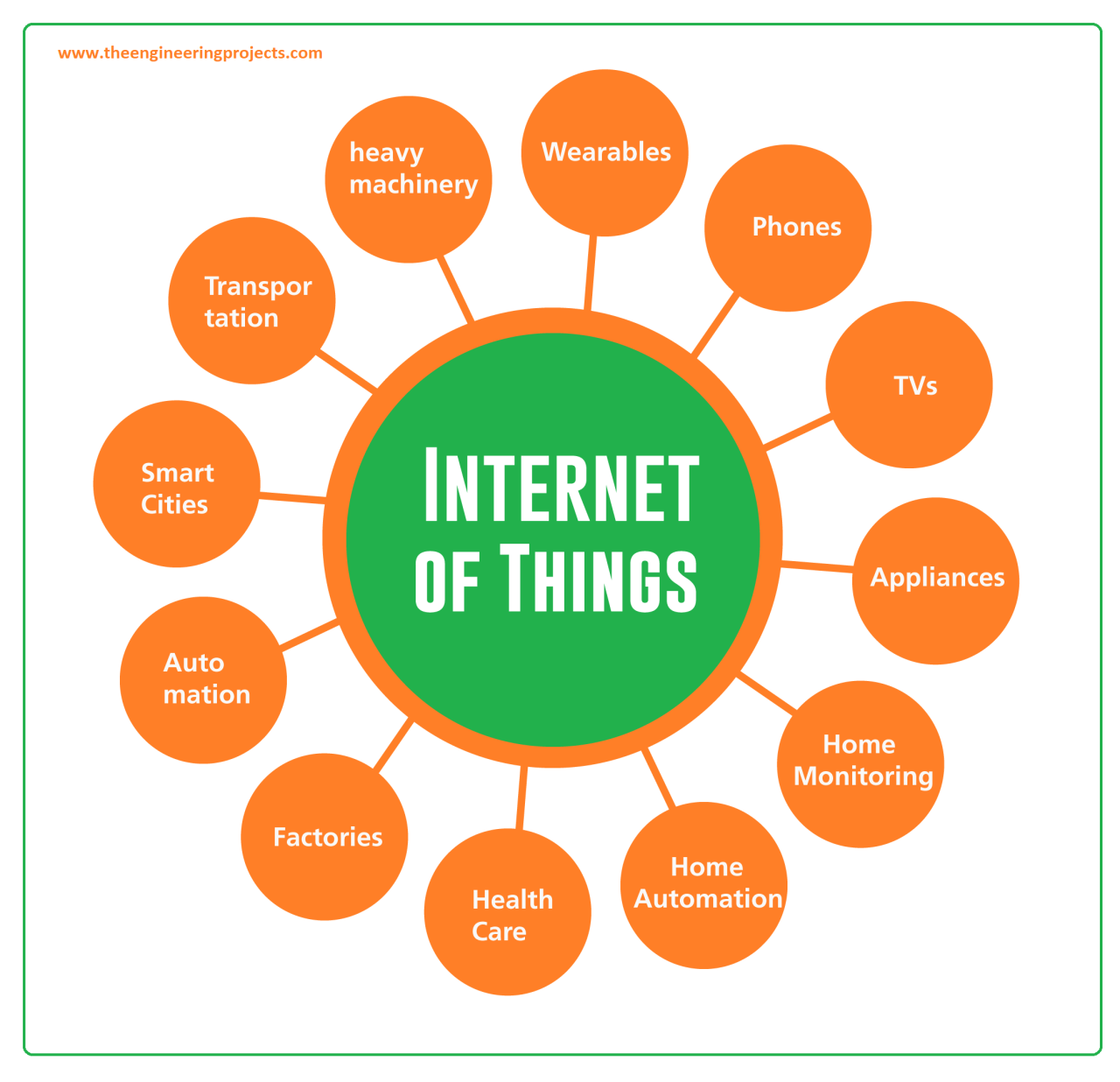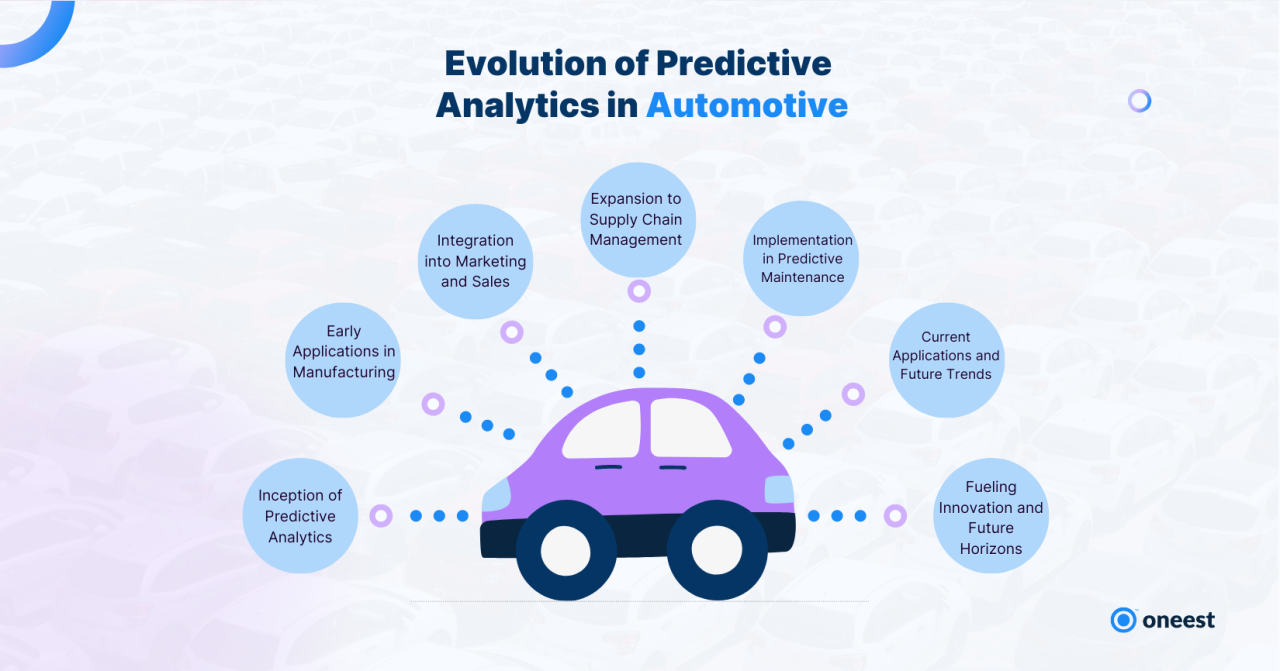Automotive Edge Computing
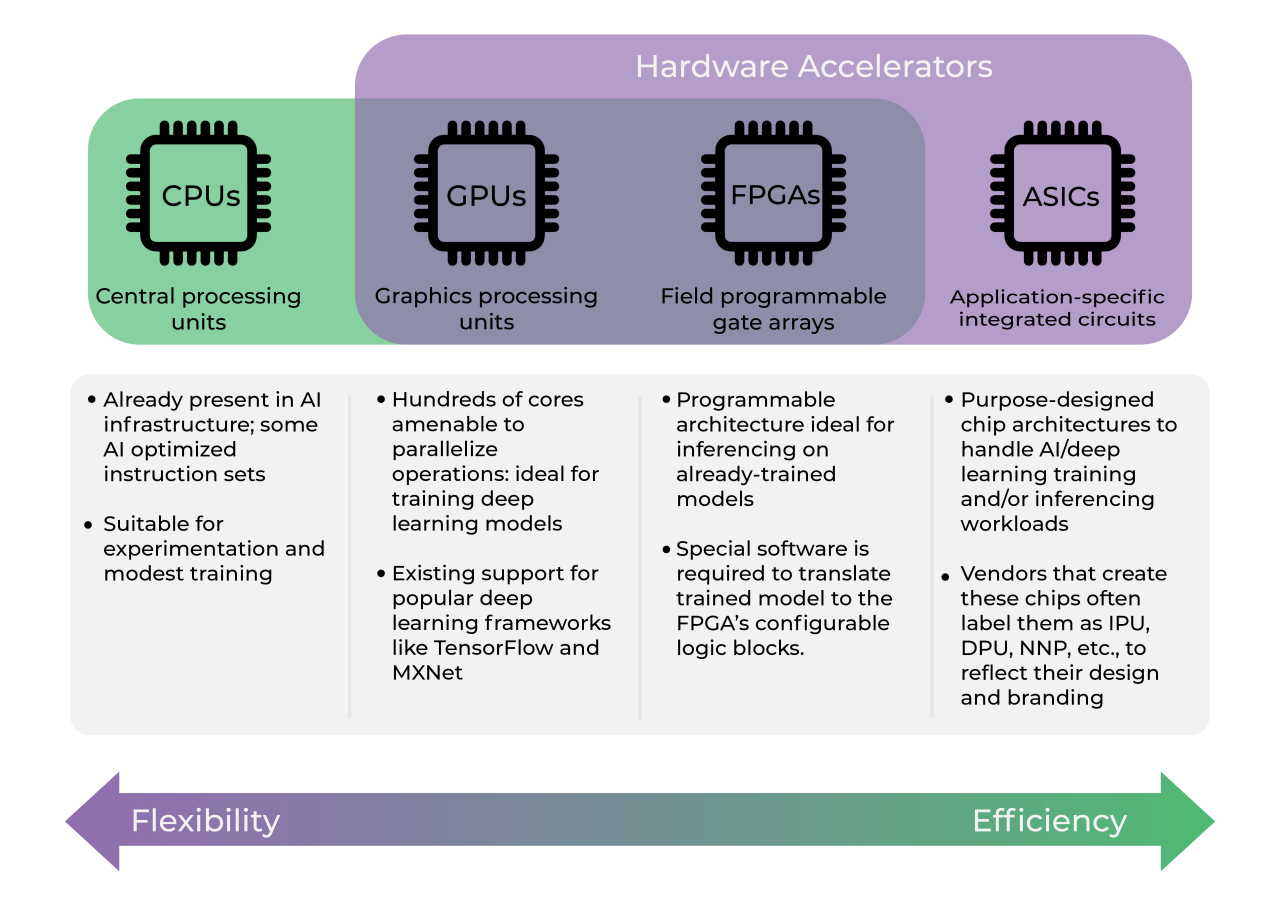
Automotive Edge Computing introduces a new era of efficient data processing in vehicles, revolutionizing the way we interact with automotive technology. As we delve into the realm of edge computing in the automotive industry, the possibilities for innovation and advancement are endless.
From enhancing real-time data processing to addressing security concerns, Automotive Edge Computing paves the way for a future where vehicles are smarter, safer, and more interconnected than ever before.
Overview of Automotive Edge Computing
Automotive edge computing refers to the practice of processing data closer to the source, within the vehicle itself or at the edge of the network, rather than relying solely on centralized cloud servers. This technology allows vehicles to analyze and respond to data in real-time, enabling faster decision-making and enhancing overall performance.
Importance of Edge Computing in the Automotive Industry
Edge computing plays a crucial role in the automotive industry by enabling advanced functionalities such as autonomous driving, predictive maintenance, and in-vehicle entertainment systems. By processing data locally, vehicles can reduce latency, enhance security, and ensure continuous connectivity even in remote areas.
- Autonomous Driving: Edge computing allows vehicles to make split-second decisions based on sensor data, improving safety and efficiency on the road.
- Predictive Maintenance: By analyzing data from various sensors in real-time, edge computing can detect potential issues before they escalate, reducing downtime and maintenance costs.
- In-Vehicle Entertainment: Edge computing enables seamless streaming of music, videos, and other content within the vehicle, providing a personalized and connected driving experience for passengers.
Benefits of Automotive Edge Computing
Automotive Edge Computing offers numerous advantages that enhance the performance and capabilities of vehicles.
Improved Data Processing
Edge computing enables real-time data processing within vehicles, allowing for quicker decision-making and response times. This is crucial for applications like autonomous driving, where split-second decisions can make a significant difference in safety and efficiency.
Reduced Latency
Compared to cloud computing, edge computing reduces latency by processing data closer to the source, within the vehicle itself. This results in faster communication between vehicle components and external systems, leading to improved overall performance.
Enhanced Security, Automotive Edge Computing
By processing data locally, Automotive Edge Computing reduces the risk of data breaches and cyberattacks. Critical information stays within the vehicle’s secure environment, minimizing vulnerabilities associated with transmitting data to external cloud servers.
Challenges in Implementing Automotive Edge Computing
Integrating edge computing in vehicles comes with its own set of challenges that need to be addressed to ensure the efficient functioning of automotive edge computing systems.
Security Concerns
Security is a major concern when it comes to automotive edge computing. With the increase in connected vehicles and the exchange of sensitive data, there is a higher risk of cyber attacks. To mitigate these risks, robust security measures such as encryption, authentication protocols, and secure communication channels need to be implemented to safeguard the data and ensure the integrity of the system.
Latency Issues
One of the key challenges in automotive edge computing is latency. With the need for real-time data processing and decision-making in vehicles, any delay in data transmission can have serious consequences. To address latency issues, edge computing systems are designed to process data closer to the source, reducing the time taken to transmit data to the cloud. By minimizing the distance data needs to travel, latency is reduced, enabling faster response times and enhancing the overall performance of the system.
Future Trends in Automotive Edge Computing

Automotive edge computing is continuously evolving, and the future holds exciting trends that will shape the way vehicles operate and communicate. One major technology that is set to revolutionize automotive edge computing is the widespread adoption of 5G networks. The impact of 5G technology on automotive edge computing will be profound, enabling faster data transfer speeds, lower latency, and increased connectivity for vehicles on the road.
5G Technology in Automotive Edge Computing
- 5G networks will provide ultra-fast speeds, allowing vehicles to communicate with edge computing systems in real-time.
- Lower latency offered by 5G will enhance response times for critical decision-making processes in autonomous vehicles.
- The increased bandwidth of 5G networks will support the growing demand for data processing and analytics at the edge of the network.
Autonomous Vehicles and Edge Computing
- Autonomous vehicles heavily rely on edge computing for processing massive amounts of data collected from sensors and cameras.
- Edge computing enables autonomous vehicles to make split-second decisions without relying on a centralized cloud system, ensuring safety and efficiency on the road.
- As autonomous vehicle technology advances, the role of edge computing will become even more critical in enabling complex decision-making algorithms to operate seamlessly.
Question Bank
How does Automotive Edge Computing differ from traditional computing in vehicles?
Automotive Edge Computing processes data closer to the source, reducing latency and improving real-time decision-making compared to traditional cloud-based systems.
What are the main challenges faced in implementing Automotive Edge Computing?
Key challenges include integration complexities, security vulnerabilities, and ensuring seamless data processing capabilities within vehicles.
How does 5G technology impact Automotive Edge Computing?
5G technology enables faster data transmission and enhances the capabilities of edge computing in vehicles, opening doors to more advanced applications and services.
